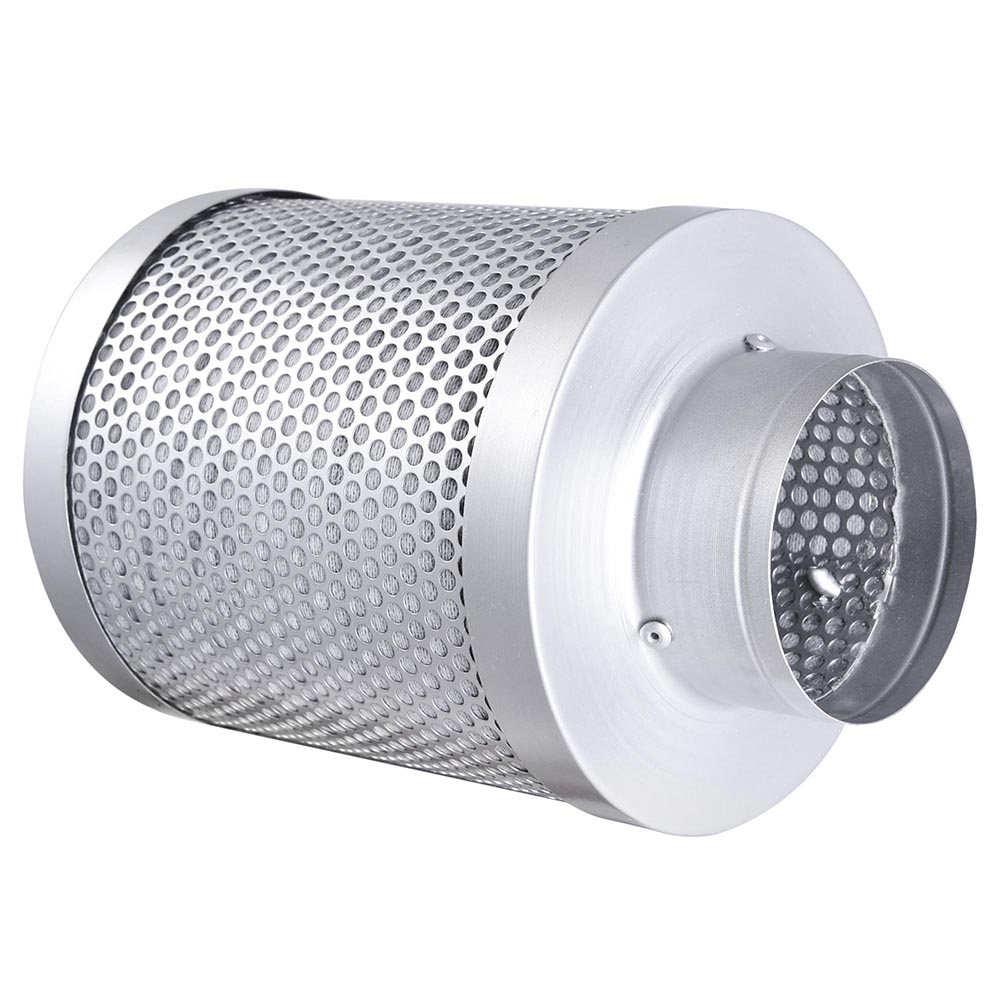
They both have the same volume (a total of 8 small cubes), but the surface area exposed to the surrounding is much larger with the 8 individual cubes compared to the one large cube. Looking at Figure 3, you can think of the left cube as the granulated carbon and the smaller cubes as the powdered carbon. Granular carbon can be compared to small pebbles, while powdered carbon can be compared to fine sand. The two types you will be using in this experiment are the granular and powder forms. If all the bonding sites are taken up, then the impurities remain in the water and it is time to replace your water filter.Īctivated charcoal can come in many forms and particle sizes (some of them are shown in Figure 1). The more surface area (area exposed to the surroundings), the more possible bonding sites there are for contaminants. This is why the surface area, or the surface area to volume ratio, of the activated carbon matters. Physical or chemical trapping happens due to van der Waals forces, weak forces that exist between molecules or particles that can be attractive or repulsive, as well as to chemical bonding on the carbon surface.

Adsorption occurs when compounds physically or chemically adhere to the carbon surface.

When water or liquid travels through the porous structure of the filter, impurities (such as small amounts of chemicals or metals) can be removed by a process called adsorption. This massive surface area gives activated carbon unique properties. The crumbly particle structure and shape result in a large surface area for each particle (Image credit: Zephyris, via Wikimedia Commons).

Activated charcoal particles viewed under a microscope (each particle is about 0.1 mm wide).


 0 kommentar(er)
0 kommentar(er)
